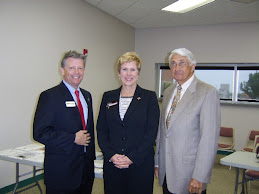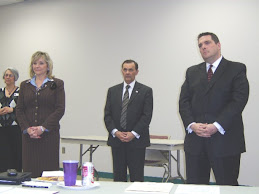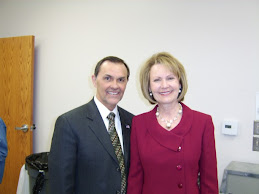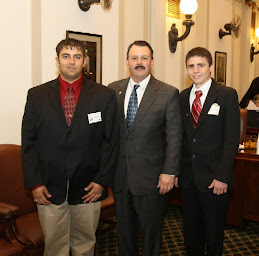This year state lawmakers protected K-12 funding from any cuts, despite facing a $611 million shortfall. Given the circumstances, that’s a win for schools. Yet in an interview with Oklahoma Watch, Hofmeister says the flat budget will force school closures and teacher layoffs. Her examples don’t back up that claim.
Hofmeister noted that Lawton had closed four elementary schools, and suggested this was tied to the flat state budget. But Lawton officials said the change was driven by declining enrollment in the district. During the past decade, Lawton has lost more than 1,600 elementary students.
Do Oklahoma taxpayers really need to pay more to maintain half-empty classrooms in a district that can serve those children as effectively in fewer facilities?
At Burns Flat-Dill City Public Schools, Hofmeister noted four elementary teacher positions were eliminated last month, which she blamed on the state budget. However, Department of Education data shows the district’s finances are not in free fall. In the 2008-2009 school year, Burns Flat-Dill City had an average daily membership of 666 students and per-pupil expenditures of $8,196. By the 2013-2014 school year (the most recent for which data was available), the district’s average daily membership was 663 and per-pupil spending had grown to $8,858 per child.
So over a five-year period that included a major recession, Burns Flat-Dill City’s student population declined slightly but it had sufficient funds to steadily increase per-pupil spending. How that situation translated into a supposed financial crisis warrants a more thorough explanation.
Similar questions exist regarding the overall Oklahoma school system. K-12 education funds in Oklahoma (including local, state and federal tax dollars, as well as carryover) grew from $7.1 billion in the 2008 budget year to $8.4 billion in 2014. That’s an increase of $1.3 billion. Where has that money gone?
Hofmeister doesn’t address those questions in her Oklahoma Watch interview. If anything, she implies that any problems in public schools are because Oklahoma taxes are too low. The state’s budget challenges, she said, were “a ‘self-inflicted wound’ because of tax cuts and business tax incentives that remain even as revenue for appropriations has dropped.”
The superintendent didn’t specify what taxes she would raise or tax breaks she would eliminate. Should lawmakers increase the personal income tax, which has been gradually cut from 7 percent to 5 percent (effective next January)? Does she agree with those who advocated for a dramatic increase in taxes on horizontal drilling last year (even after lawmakers doubled that rate, and despite the likelihood a larger increase would make the current downturn in Oklahoma’s energy sector much worse)? The reality is that few tax options can significantly increase education funding without imposing higher tax burdens on the broad majority of Oklahomans.
Education funding deserves serious debate and discussion. We understand that Hofmeister is zealously advocating on behalf of her agency. However, offering distorted anecdotes is no substitute for providing thoughtful answers to legitimate tax-and-spending questions.
Oklahoman Editorial Board - June 15, 2015






















No comments:
Post a Comment
Note: Only a member of this blog may post a comment.